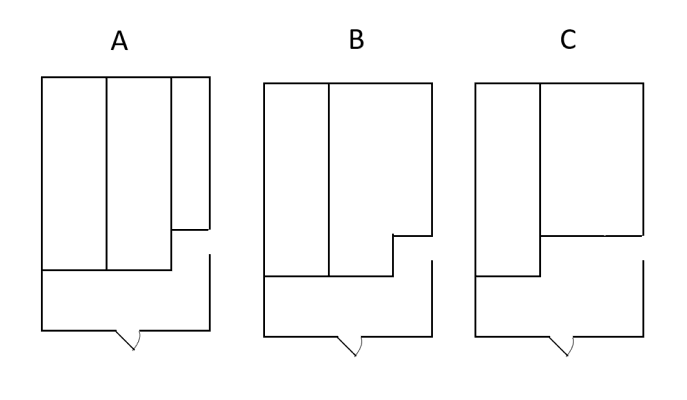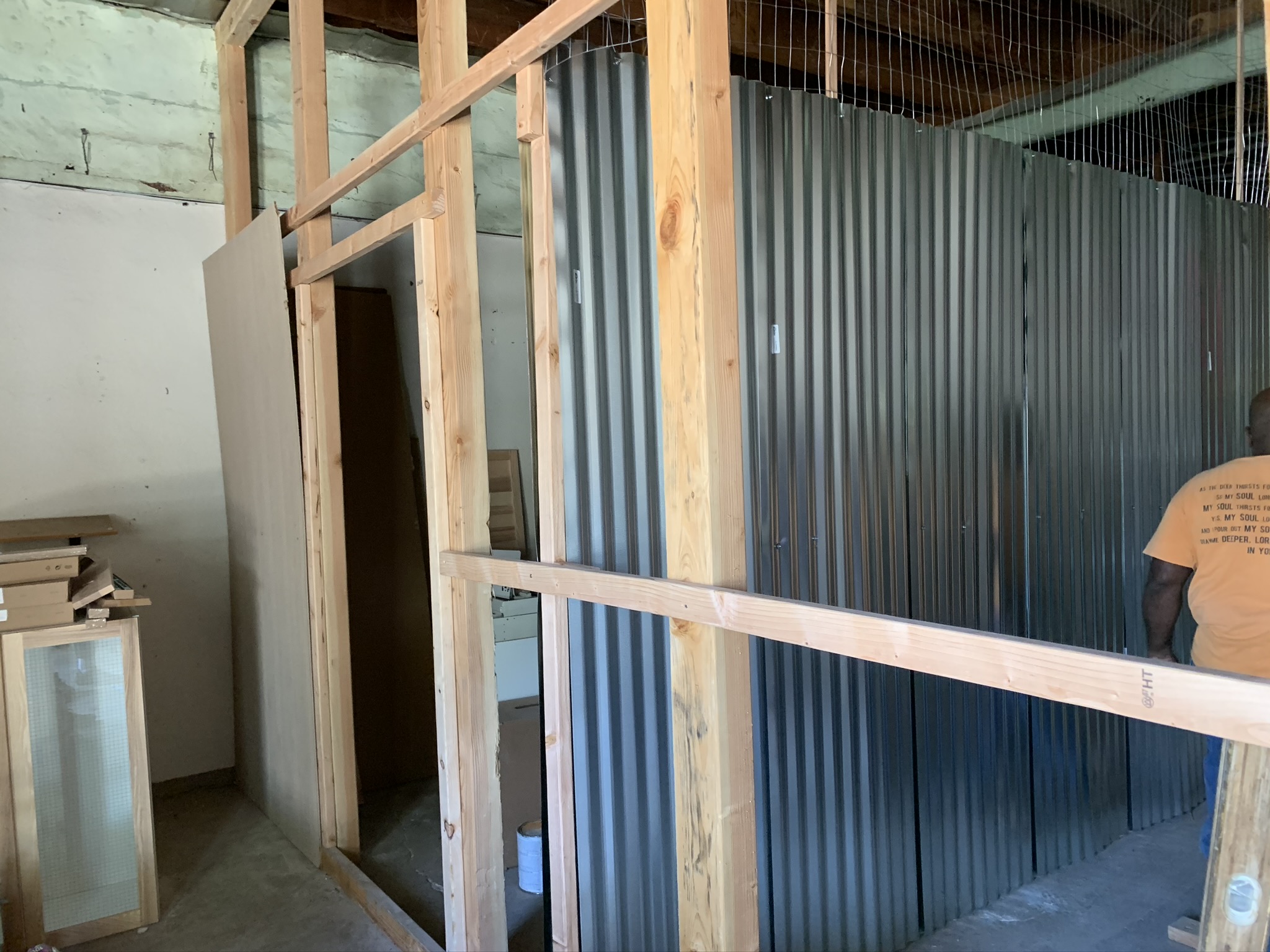It’s time to create some more cash flow.
If you’re not paying attention, you might be surprised by how many mini-storage units are in your town and how much cash they rake in..
The storage business is thriving for the same reason extended stay furnished rentals are: People are in transition and more mobile than ever.
People Are Relocating
Baby boomers are still downsizing, and people are still getting married and divorced every day. Mobile devices keep growing more powerful, and tech workers can do their jobs from nearly anywhere. The forces driving mobility are still in place and gaining popularity.
The storage industries principles are just like landlording but simpler.
The storage business is more passive than landlording and just as profitable.
Create Storage
So, for the time being, we are going to use the ground floor of the building I’m rehabbing as storage.
I’m implementing Tips 40 and 41, Non-Resident and Resident Storage, from my book 40 Ways to Increase the Net Income of Your Rental Property.
Last-mile warehousing / storage is becoming a necessity for many e-commerce businesses. If you think on demand deliveries will grow in popularity then this is your wake up call.
Plus, in my situation where I’ve created furnished rentals on the second floor, ground floor storage makes perfect sense.
If you’re relocating, you typically need a storage unit and an extended stay hotel, anyway. So why not create a one stop shop with: storage and housing in the same place?
Draw 3 Options
The goal is to optimize your floor plan based on what’s in demand in your area.
In my town, 10-ft x 10-ft units are in high demand. Storage companies charge up to $147 per month for these 100 SF units.
I considered breaking my space up into 10 x 10 units but I realized I didn’t want that many tenants. Plus, the up-front cost was more than I wanted to spend.
Since I have a building that has thick concrete walls, I decided to create climate-controlled storage. The building naturally stays the same temperature and I can charge more for the feature.
Here’s what I came up with:

Note I’m leaving the top 4 feet of my wall dividers open so I can dehumidify, heat, or cool the space with more ease.
The space is still under construction, but this is what it looks like on Day 3 and Day 6 of build out.


We added a 12-volt battery to power 9 light bulbs. Then we added a solar panel to keep the battery fully charged. Overall, it’s a great experience. If I didn’t tell you, you wouldn’t know it’s a solar powered storage unit.
Provide Lighting
Unlike residential rentals, not all storage units require electricity. However, the higher-end storage facilities in my area do provide lighting in their larger units. Since my larger unit are 300 SF, I figured I better meet the local standard.
Recreational Vehicles (RVs) have a lot of solutions for off-grid power. There are many options of LED lighting that function using 12-Volt batteries (car batteries) and Lithium Ion batteries, as well.
Since we only need nine light bulbs, we decided to use a deep-cycle 12-volt marine battery. We also use pin-style lamp holder to create string lights.

I’ve budgeted $3,000 for this DIY conversion and expect to net over $700 per month as a result. Not bad!
What Do You Think?
Are you able to do something similar? Do you think warehousing and mini-storages will grow in demand as more internet business are created?
Leave a comment and let me hear your opinion.

